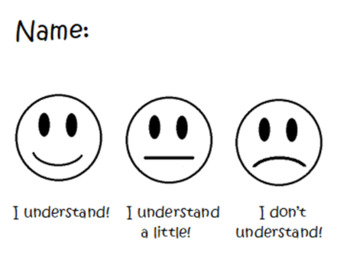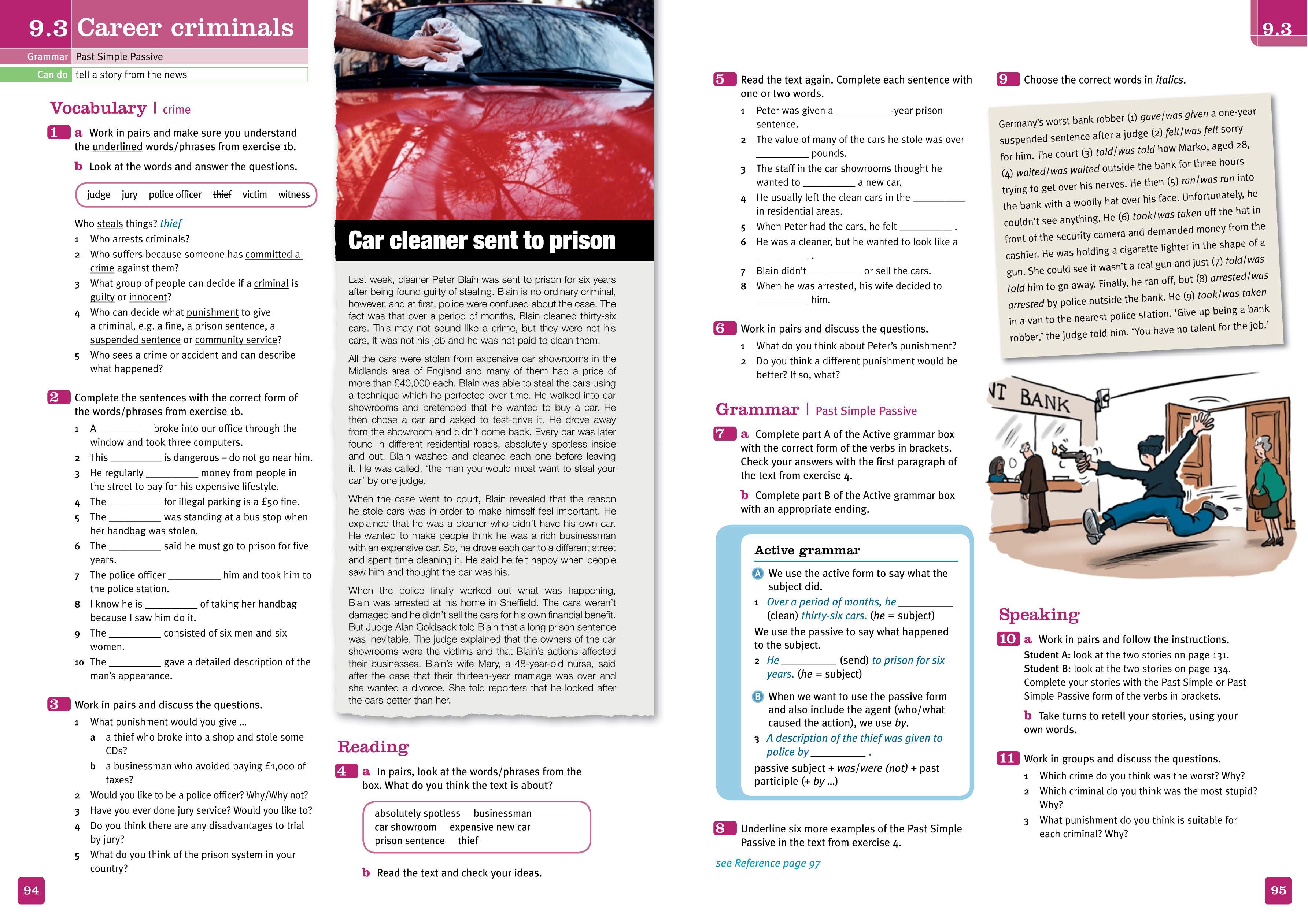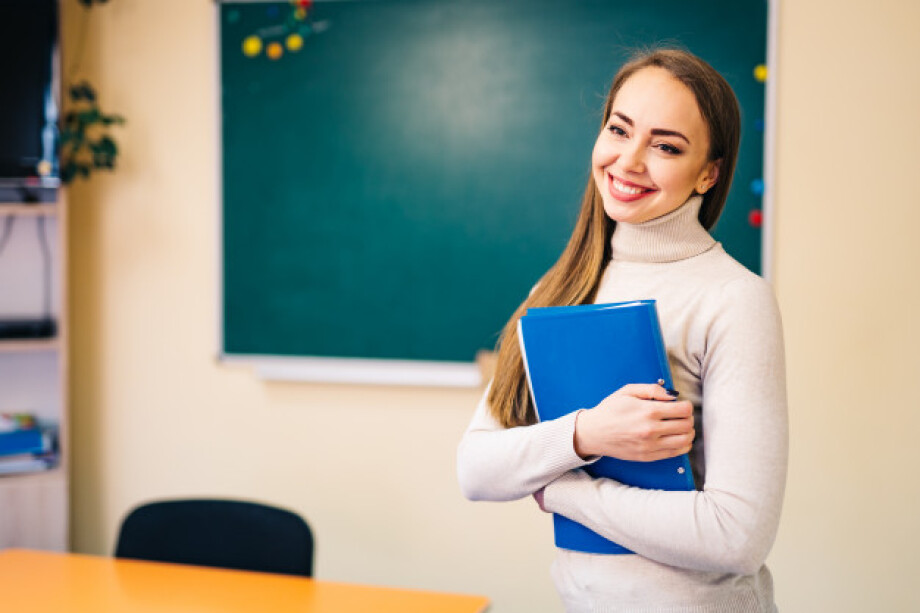There is a famous saying by Confucius:
Give a man a fish,
and you feed him for a day.
Teach a man to fish,
and you feed him for a lifetime.
Teaching methods and approaches are being constantly developed and improved. Nowadays, teachers aim to apply a learner-centred approach. If we apply the saying above to the language learning and teaching, it becomes clear that to promote life-long learning and learner’s autonomy, it is also important to teach our learners how to learn.
According to Gail Ellis, Adviser Young Learners and Quality for the British Council and author of the book “Teaching Children How to Learn”, we should develop metacognitive awareness of our students. Metacognitive strategies include thinking about learning, planning, monitoring and evaluating. What does that mean? It means that students should be aware of what they are learning and why, what strategies can be used to perform the task and how these strategies can be further used for different tasks. Moreover, students should be able to review what they learned and assess how successfully they have performed this or that activity.
How can we teach our young and adult students to learn and what we can start with?
- Involve students in planning the curriculum. Give them the possibility to choose what topic will be following. Let’s look at the situation when you don’t use any specific coursebook for lessons (you have a tailored course) or prepare students for exams. You plan to study the topics “Food, Holidays, and Sport”, let students decide which topic they want to study first. Or if within the topic Sport you are going to watch an interview with a sportsman, let students decide who the interview will be with (it can be done by voting).
- Set the goals. At the beginning of the new year, ask students to write down (or to draw, if they can’t write yet) what they want to learn in the upcoming academic year. At the end of the year, review which goals were achieved, which not and why.
- Raise students’ awareness. Always ask them where and when they can use the information that they’ve learned or just keep a learner’s diary.
- Discuss learning strategies. Ask students about the experience, when they did something very well and ask them to share it. Also, raise the discussion of what they can do if they don’t know a word, how they should look it up in a dictionary, how to do different types of exercises, write essays, etc. Of course, all these points should not be discussed at the same time.
- Reflect. Use smiley faces at the end of the lesson or before/after some activities to make students think about what they understand (or don’t understand) with younger students. Wich adults, you can just discuss it (if it is an individual lesson) or ask them to show thumbs up, down or sidewards to reflect on their understanding and effectiveness of the lesson.

- Use “Plan-Do-Review” model of reflection. Overall, it is based on the ‘plan do review’ learning cycle (Hohmann, Weikart, & Epstein, 2008), where students are made aware of the purpose of the lesson, learn the material, and then practice to reinforce their understanding.
What are the benefits to students from this approach?
- Students gain the skills to understand how they are learning, they become aware of the learning process;
- They are more motivated, as far as they understand why they do the task and that they don’t waste their time;
- They are more positive about learning;
- Students become more reflective;
- Students become more involved in the learning process.
Benefits to teachers of ‘Plan — Do — Review’ approach:
- A deeper understanding of students thoughts,
- Improved teacher-student relationships,
- Help to plan further activities and lessons, identify weaker sides in students,
- Help to become more reflective,
- Help teachers to become better in time-management of lessons.
Let’s analyze this approach on a simple example from a textbook below.

In exercise 2 a student has to complete gaps.
Step 1. Plan.
At this stage, the students are informed about the value and the aims of the activity (what they are doing and WHY), they reflect on what they already know about this topic and they find out what they need to know to complete the activity successfully. So in this exercise, the students look at the sentences, look for some contextual and linguistic clues (What notion can be put in the gap? What part of speech is it? A verb, a noun, an adjective?).
Step 2. Students do the task.
Step 3. Review.
Students answer 5 key reflection questions:
- What did they do?
- What did they learn?
- How did they learn?
- How well did they do?
- What do you need to do next?
Basically, the students do self-analysis, evaluate how successfully they performed — whether he/she found contextual or linguistic clues, guessed the word or not, completed the sentence correctly, what mistakes were done and why.
Read more about “Plan-Do-Review” approach in the book “Teaching children how to learn”. Even though the book is dedicated to teaching children, many of the principles, strategies, and areas for self-assessment are applicable to the language learners of any age or level.
You can find more tips on this topic in the video below:
What is more, you have an opportunity to take part in Ellis Gails’ workshop “Teaching our learners how to learn” at Skyteach festival.
All in all, the more motivated and independent students are, the more effective they study. In my experience, students who reflected every lesson, knew different learning strategies and studied at home on their own showed the best results in a short time.






 Вероника Аветисян
Вероника Аветисян 
 Маргарита Аветисян
Маргарита Аветисян 


